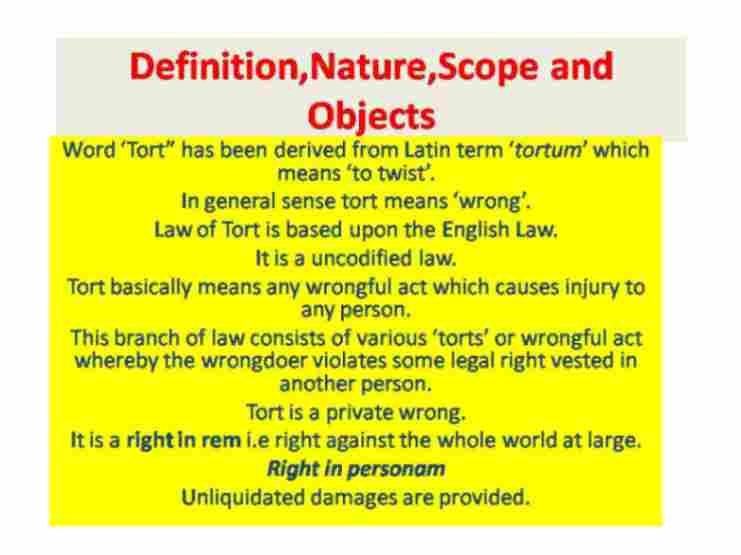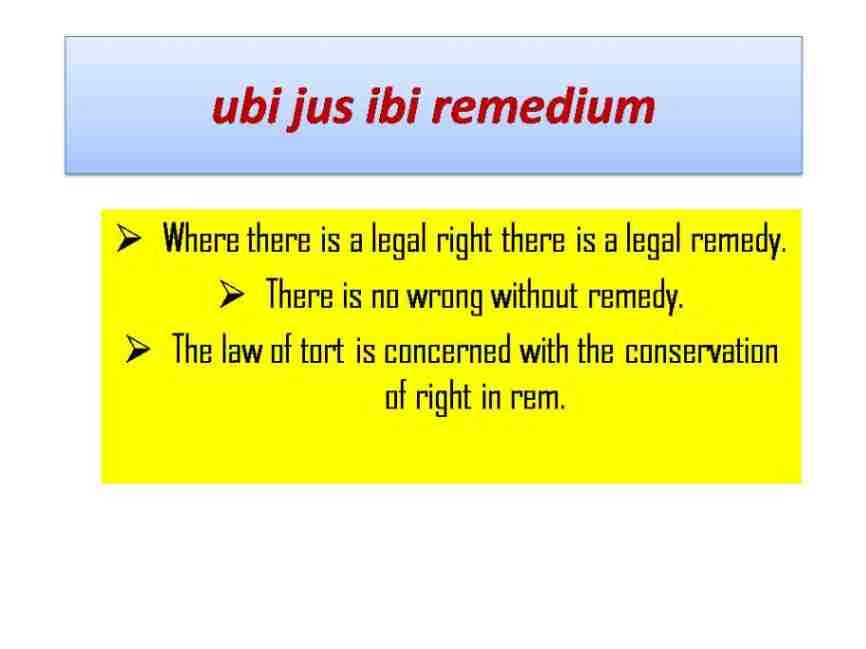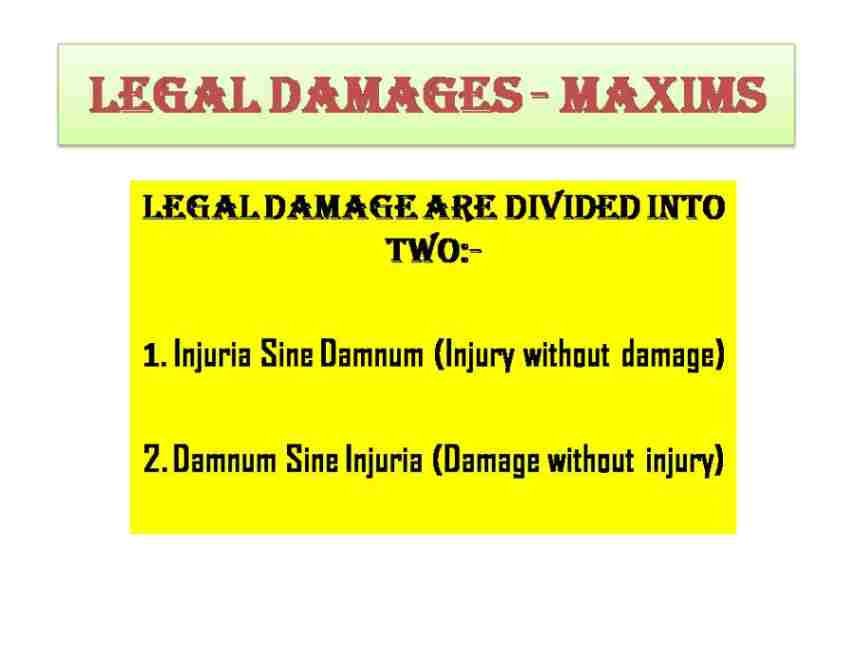The term ‘tort’ has been derived from the Latin word ‘tortum’ which means to twist or to crook or a wrongful act rather than an act that is not straight or lawful.
Definition OF Torts
Tort word used first time In the case of Boulton vs hardly 1597
Definition:- The tort is completely based on the common law of England which is codified and to give also tort is a progressive law, so it is very difficult certain define this word, but various eminent jurists defined the term tort in the following manner.
Indian Limitation Act 1963
According to section 2(m) of the Indian Limitation Act 1963, ‘Tort is a civil wrong which is responsible by an action for unliquidated and which is other than a mere breach of contract or breach of trust’.

Definitions provided by different intellectuals
A tort is a civil wrong for which the remedy is an action for unliquidated( not pre-fixed) damages and which is not exclusively the breach of contract or the breach of trust or other merely equitable obligation According to Salmond
The tort is an infringement(violation) of the right in Rem of a private individual giving a right of compensation at the suit of the injured party. According to Fraser
Origin of Tort Law
The ‘law of torts’ owes its origin to the common law of England. So it’s very well developed in the UK, U.S.A, and other advanced countries.
In India, the law of tort is non-codified, like other branches of law e.g. Indian Contract Act(I.C.A) 1872, and the Indian Penal Code (I.P.C) 1860. It is still in the process of development.
Tort law was perceived as an important component of common law. It was deemed relevant in this case in India, but proper care was taken to make sure that it was applied to the Indian context, customs, & traditions.
In the particular instance of Vaghela v. Mussedin, it was declared that the meaning of the values of justice, fairness, and moral conscience should be construed as per British common law rules, but in light of the Indian scenarios and traditions.
Later, in the case of Naval Kishore V/s Rameshwar A.I.R. 1995, it was mentioned that the tort laws of England must be applied by the Indian scenario, that is, by Indian customs & traditions.
Given the foregoing, English law is responsible for the stability of tort law in India. This law has been in effect in Indian courts since 1726, but it is still in its initial phases of development. The foremost reason for this:
- Not codified law.
- Legal illiteracy.
- Social inequality.
- Insufficient political willpower.
- The judicial system is both costly and time-consuming.
As a result, codification of the law, public awareness of the law, quick access to equality, and strengthening political willpower are now required.

Law Objectives of Tort
- To decide the rights of the parties in dispute.
- To prohibit the injury from continuing or repeating, such as by issuing injunctions.
- To safeguard specific legal rights of every individual, such as a person’s status.
- To restore one’s assets to their legal owner, i.e. when one’s property has been unfairly taken away.
Types of Torts
Let’s take a look at the different types of torts before delving into the essential ingredients of tort law.
- Intentional torts are the first;
- Negligent torts are the second, and
- Strict liability torts are the third.
When a person deliberately decides to commit or omits to perform an act while completely aware that a certain act or omission will cause damage or injury to any person, the first type of tort occurs.
Trespass, libel, assault, and other intentional torts are examples of intentional torts.
When some other patient struggles with harm or injury as a result of one person’s negligence, the first individual is said to have committed a negligent tort.
An accident caused by the disobedience of traffic rules is an example of this type of tort.
It’s important to understand the meaning of the term “negligence,” which refers to when a prudent person’s reasonable level of care isn’t followed. In strict liability torts, an individual is found responsible for a wrong regardless of whether he or she intended to do so or not. Rylands v. Fletcher, a well-known case, was crucially important in establishing the law governing strict liability torts.
Essentials of Torts
To constitute a tort-:
- There must be a wrongful act or omission committed by a person.
- The wrongful act or omission must result in legal remedy in the form of an action for damages.
- The wrongful act must be of such a nature to give rise to a legal remedy in the form of an action for damages.
Wrongful Act or Omission
To determine liabilities in tort it must be proved that the act or omission done by the one person was wrongful. The act or omission must be legally wrongful. Violation of moral, social, and religious rights does not come under the category of torts.
Legal Damages
Another essential element is wrongful act or omission committed by one person must result in legal damages to the other i.e. Such act or omission resulted in a violation of legal remedy to another person. The following are the essential ingredients of the legal damages:
- There must be an infringement (violation) of a legal right (absolute or qualified).
- Such infringement of a legal right must have a presumption of damage in the eye of the law.
- Proof of actual damages suffered in case the right contravened is not an absolute but only a qualified right.
The real significance of legal damage can be
Best illustrated by the following two maxims:-

Injuria sine damnum
Damnum refers to a loss, injury, harm, or damage,
while Injuria denotes an injury or wrong, specifically the deprivation or violation of a right.
It denotes harm with no damages Which means that there has been a violation of legal rights but no damage has been done to the plaintiff. It indicates that the plaintiff suffers no loss or damage; only his legal rights are violated.
Ashby v. White (1703) 92 ER 126
In this case, the defendant, serving as a returning officer in a parliamentary election, unlawfully declined to accept the plaintiff’s vote. Although the plaintiff did not incur any tangible losses due to this refusal, as the candidate they wished to vote for ultimately won the election, the defendant was still deemed liable because the plaintiff’s legal rights were violated.
Bhim Singh vs. Jammu & Kashmir State
Bhim Singh (plaintiff) was a J&K Assembly MLA. While on his way to the Assembly, the plaintiff was wrongfully detained by police by police. He was also not taken to the Magistrate. This act did not cause him physical or financial harm, but it probably violated his legal & fundamental rights. The State was found liable and ordered to pay compensation for damages.
Damnum sine injuria
It denotes damages without causing harm. In short, the plaintiff has suffered losses. They may be physical or pecuniary in nature, but no legal rights are violated.
Gloucester Grammar School
In this case, the defendant established a school in the same neighborhood as the plaintiff’s school. The defendant even lowered the school’s fees. This was not a tort case because the plaintiff suffered the only loss of money and none of his legal rights were breached.
Legal Remedy
To be successful in an action for torts the last essential is that the wrongful act or omission must come under the category of wrongs for which the remedy is a civil action for damages.
A tort is a civil injury, but all civil injuries are torts. The wrongful act must come under the category of wrongs for which the remedy is a civil action for damages. Though the specific remedy for a tort is an action for damages. But there are other remedies also i.e. An injunction may be obtained in addition to damages in certain cases of wrongs. Similarly, specific restitution of a chattel may be claimed in an action for the detention of a chattel.
difference between Injuria sine damnum & Damnum sine injuria
- There is no physical harm or actual harm on the side of the plaintiff in the situation of Injuria sine damnum but there is actual harm and damage on the side of the plaintiff in the case of Damnum sine injuria.
- Second, in the instance of Injuria sine damnum, the party probably suffers a violation of their legal rights, whereas there is no such violation in the instance of Damnum sine injuria.
- Finally, Injuria sine damnum is legally actionable in courts, whereas Damnum sine injuria is not.
- Injuria sine damnum deals with legal wrongdoings, whereas Damnum sine injuria deals with ethical wrongdoings.
Distinguishing between a Crime and a Tort
Nature of Wrong
A Tort is a civil, private wrong that infringes upon an individual’s rights (right in rem). Crime is a public, criminal wrong that affects society as a whole and the state’s interests, involving violations of personal rights (right in personam).
Remedy
In Tort cases, the remedy for the harm caused is typically in the form of monetary compensation, known as damages.
In Crime, the remedy involves punishment, such as imprisonment, fines, or other sanctions.
Legal Action
Torts are resolved through civil litigation, where the aggrieved party files a lawsuit seeking compensation.
Crimes are addressed through the criminal justice system, with the state filing charges against the alleged offender based on a complaint.
Legal Framework
The Law of Torts is not codified, meaning it’s primarily based on judicial decisions and precedents.
Conversely, the Law of Crimes is codified, with offenses and penalties outlined in statutory laws.
Role of Intention
In Torts, the intention of the wrongdoer may be relevant in some cases, but it’s not a defining factor in all cases.
In Criminal law, intention is often a crucial element, and the presence of criminal intent is essential to establish guilt.
Torts involve civil disputes where individuals seek compensation for personal wrongs, while Crimes are public offenses against society, with legal consequences determined by statutory laws and a focus on criminal intent.
difference between tort, contract, and crime

Distinction b/w liquidated damages and unliquidated damages
While there’s a subtle distinction between the two, both liquidated damages and unliquidated damages serve to uphold the plaintiff’s entitlement to compensation. Liquidated damages entail a predetermined and fixed compensation amount.
While unliquidated damages lack a definitive fixed sum and may vary based on the severity of the offense that occurred.
Conclusion
There are a few resemblances between crime & tort, so even though tort, or private action, was used better over the past centuries than criminal statutes. For instance, assault is both a criminal offense and a tort. A tort permits a person, the victim, to acquire a remedy that is beneficial to them.
On the other hand, are continue to pursue not to acquire redress to aid or assist a person – through criminal trials frequently have the power to grant such remedies – but to remove an individual’s freedom on behalf of the state. This tries to explain why incarceration is commonly used as a punishment for serious crimes but not for torts.

























